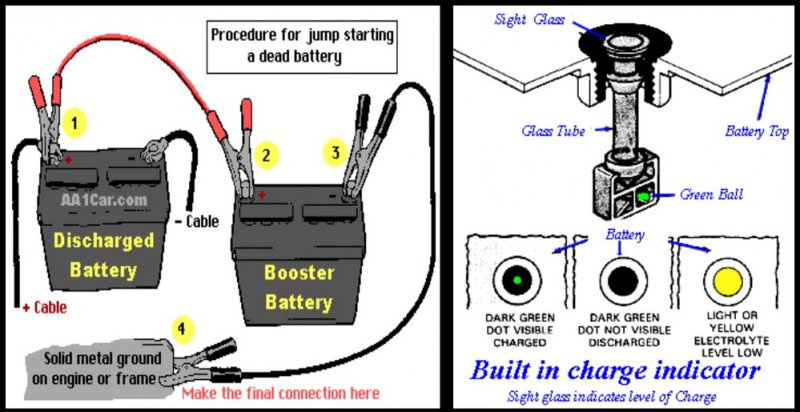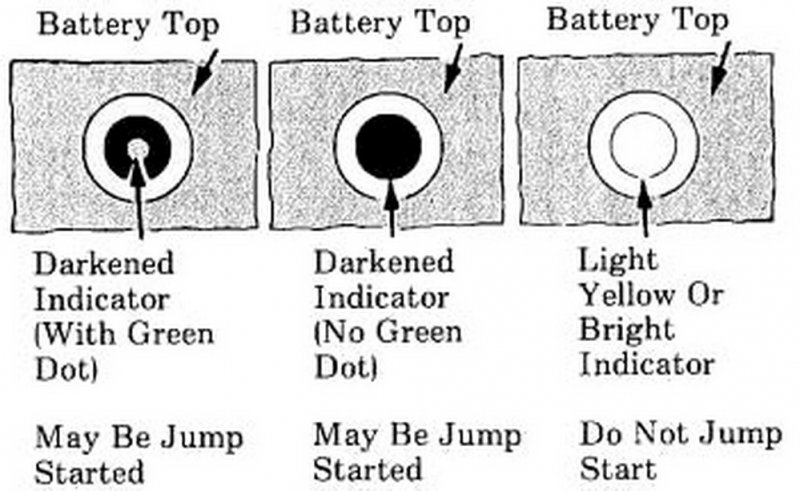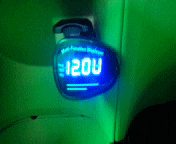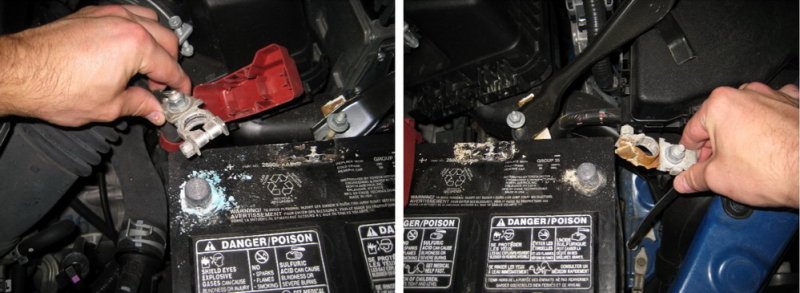Thread Starter
#1
Dear All
WELCOME TO MY ONE MORE NEW THREAD![Big Smile [:D] [:D]](https://www.theautomotiveindia.com/forums/images/smilies/Big%20Smile.gif)
Originally I wanted to write this in my primary thread - New Honda City in White – Meet My Albus!
But I felt that this is a common issue applicable to every car owner and that brought me here to meet you all.
Please do make a visit to my following threads and I am sure, you will find many interesting information which would be useful & applicable to your interest.
http://www.theautomotiveindia.com/forums/ownership-reviews/14219-my-new-honda-city-white-albus.html
http://www.theautomotiveindia.com/f...83-exhaustive-guide-car-detailing-basics.html
http://www.theautomotiveindia.com/f...line-shopping-abroad-customs-formalities.html
Of course, don’t miss to offer your comments that would be an inspiration to me.
On that day, my colleague’s ANHC 2011 model parked always next to my ALBUS, refused to start.
One word about that car, it is deprived of owner’s attention, runs hardly 15 to 25 kms per month and most of the days not even cranked.
He called me and said, “Doctor what’s the problem with my car, please help me”
I have a handy tool- the Electronic Battery Volt Monitor which I purchased online and I could spare sometime in the evening to help him.
I put the battery monitor into the 12V socket (cigar light) and switch on the ignition, it was showing 5 volt. Yes, the battery got drained totally.
We were discussing whether to jump start the car or removing the battery to send for external re- charging.
I understood that whatever effort is taken, it is not going to serve him as he would again start and use the car only after 10 days or later. The battery is already very week and the OE warranty of one year was over and it is almost 22 months by now.
I told him to go for a better battery and advised him a short run periodically to maintain it.
He agreed and requested me to suggest a good battery
and my research began:
In the past, all those OE battery which came with the car used to last minimum 3 to 4 years and for Diesel cars it might be one year less.. But we had no different versions like what we have today. Reputed battery brands of today have from cheap to expensive varieties.
God only knows what would be the choice of today’s car manufactures!
Check up your battery specification.
The stock battery capacity fitted in Honda city is rated at 27AH (5 Hrs) / 30 AH (20 Hrs) /12V.
Even among Honda city cars, there are variation in the battery which comes with the car. See the photos below which would give the correct picture.

My car ANHC 2012 (December) having regular OE- AMARON battery (Note Battery Status Indicator is missing – could be a cost cutting measure!)

Just wait, I will share with you not only more tips about batteries to make it on & on, and also about some useful gadgets.
Regards,
Dr. MUDHAN
WELCOME TO MY ONE MORE NEW THREAD
![Big Smile [:D] [:D]](https://www.theautomotiveindia.com/forums/images/smilies/Big%20Smile.gif)
Originally I wanted to write this in my primary thread - New Honda City in White – Meet My Albus!
But I felt that this is a common issue applicable to every car owner and that brought me here to meet you all.
Please do make a visit to my following threads and I am sure, you will find many interesting information which would be useful & applicable to your interest.
http://www.theautomotiveindia.com/forums/ownership-reviews/14219-my-new-honda-city-white-albus.html
http://www.theautomotiveindia.com/f...83-exhaustive-guide-car-detailing-basics.html
http://www.theautomotiveindia.com/f...line-shopping-abroad-customs-formalities.html
Of course, don’t miss to offer your comments that would be an inspiration to me.
*****
On that day, my colleague’s ANHC 2011 model parked always next to my ALBUS, refused to start.
One word about that car, it is deprived of owner’s attention, runs hardly 15 to 25 kms per month and most of the days not even cranked.
He called me and said, “Doctor what’s the problem with my car, please help me”
I have a handy tool- the Electronic Battery Volt Monitor which I purchased online and I could spare sometime in the evening to help him.
I put the battery monitor into the 12V socket (cigar light) and switch on the ignition, it was showing 5 volt. Yes, the battery got drained totally.
We were discussing whether to jump start the car or removing the battery to send for external re- charging.
I understood that whatever effort is taken, it is not going to serve him as he would again start and use the car only after 10 days or later. The battery is already very week and the OE warranty of one year was over and it is almost 22 months by now.
I told him to go for a better battery and advised him a short run periodically to maintain it.
He agreed and requested me to suggest a good battery
and my research began:
In the past, all those OE battery which came with the car used to last minimum 3 to 4 years and for Diesel cars it might be one year less.. But we had no different versions like what we have today. Reputed battery brands of today have from cheap to expensive varieties.
God only knows what would be the choice of today’s car manufactures!
Check up your battery specification.
The stock battery capacity fitted in Honda city is rated at 27AH (5 Hrs) / 30 AH (20 Hrs) /12V.
Even among Honda city cars, there are variation in the battery which comes with the car. See the photos below which would give the correct picture.
THE FOLLOWING PICTURES ARE SELF-EXPLANATORY
One Of The Best Battery ( AMARON Pro ) In The Market Now Fitted With My Colleague’s ANHC 2011 Car
My another friend’s ANHC 2012 (April) having regular OE- AMARON battery (Note the Battery Status Indicator)

My car ANHC 2012 (December) having regular OE- AMARON battery (Note Battery Status Indicator is missing – could be a cost cutting measure!)

DIFFERENT VERSIONS OF BATTERY IN MARKET FOR THE SAME CAR
Just wait, I will share with you not only more tips about batteries to make it on & on, and also about some useful gadgets.
Regards,
Dr. MUDHAN
Last edited:














![Clap [clap] [clap]](https://www.theautomotiveindia.com/forums/images/smilies/Clap.gif)
![Smile [:)] [:)]](https://www.theautomotiveindia.com/forums/images/smilies/Smile.gif) Absolutely right sir,i too feel the same,hitting Accelerator hard before shut down will definitely have negative impacts on Engine.Especially engines with Turbochargers.
Absolutely right sir,i too feel the same,hitting Accelerator hard before shut down will definitely have negative impacts on Engine.Especially engines with Turbochargers.